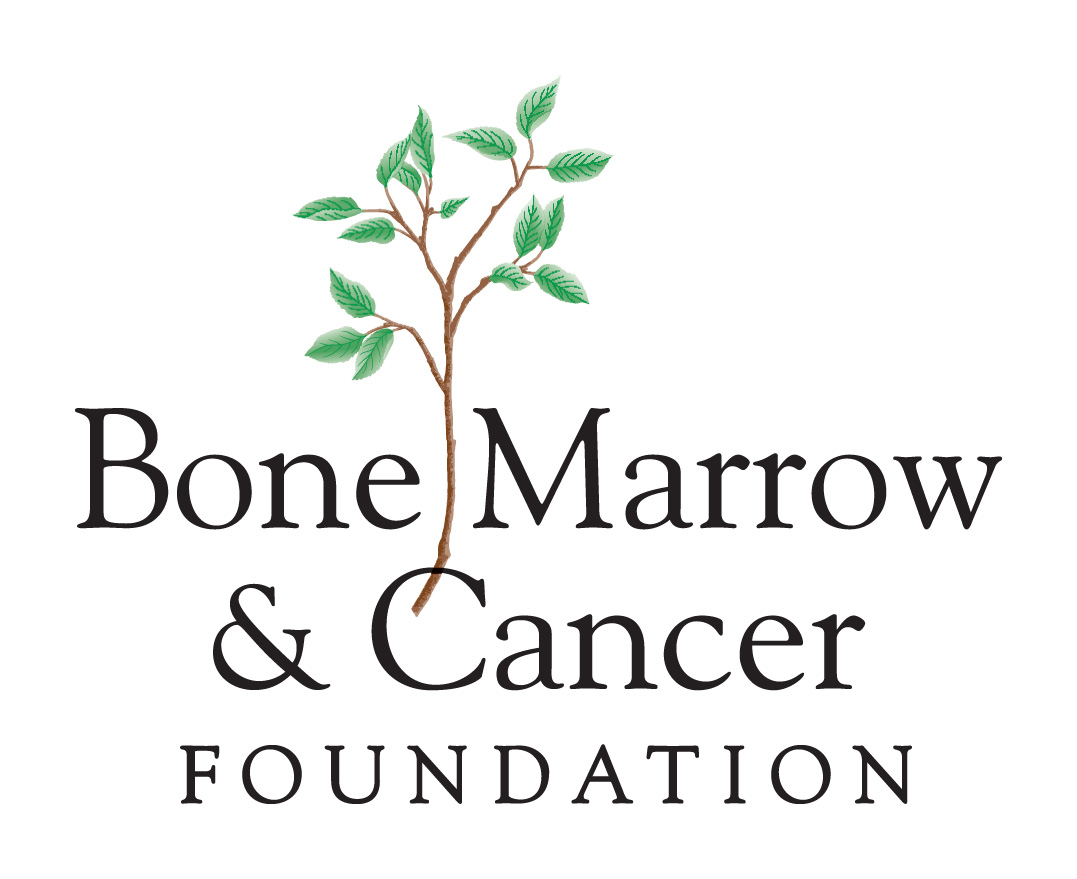Neutropenic Diet vs. Immunosuppressed Diet
Controversy exists around the recommended diet for neutropenic oncology patients. Despite compelling evidence, many patients are placed on restrictive diets, which can range from a few restrictions to elimination of entire food groups such as avoiding all fresh fruits and vegetables. To make matters more confusing, patients may hear different diet recommendations from various providers and clinics, leaving them unsure about what is “safe” to eat. To provide insight on this topic, we asked Kerry McMillen, MS, RD, CSO, clinical supervisor of Medical Nutrition Therapy at Seattle Cancer Care Alliance (SCCA) to provide an evidenced-based view of the diet recommendations for neutropenic patients.
While several studies have examined the role of diet and infectious risk, the protective benefit of a “low microbial”, “low bacterial” or “neutropenic” diet against infection in hematopoietic transplant (HCT) patients has not been established. Despite this, a survey by Smith and Besser, involving 156 institutions belonging to the Association of Community Cancer Centers, reported that most centers still utilize some type of neutropenic diet for their HCT population.
Depending on the degree of restriction per institutional “neutropenic diet” guidelines, diet variety is compromised, which can limit food palatability, ability to meet macronutrient needs and has the potential to impact the ability to maintain the gut microbiome. With increasing numbers of patients receiving their transplant in an out-patient vs an in-patient setting due to the advent of nonmyeloablative and reduced-intensity allogeneic transplant regimens, it is important that patients receive appropriate education during their transplant course to balance optimizing their nutrition status and diet variety with minimizing foodborne illness.
At the Seattle Cancer Care Alliance, HCT patients do not follow a neutropenic diet. Instead, they follow an “immunosuppressed diet”, which allows well-washed whole fruits/vegetables, yogurt, kefir and other sources of dietary fiber as well as pre- and probiotics. Patients are instructed to follow the immunosuppressed diet when their absolute neutrophil count is <1000mm3, and/or with start of conditioning as well as for the duration of time on immunosuppressive medications when patients remain at high risk for infection. A recent study validated the safety of this diet approach. A total of 12 out of 4,069 (0.3%) allogeneic and autologous HCT patients from 2001-2011 developed a bacterial foodborne infection within 1 year after transplantation at the SCCA. Other study results also question to rationale for strict “neutropenic diet” precautions such as the recent study by Trifilio, that looked at >700 HCT patients and found that a neutropenic diet did not prevent infection and, in fact, had a greater number of infections than patients on a general hospital diet.
Because oral feedings are indicated for patients with a functional GI tract, it is essential to maximize food choices for HCT patients. There is clearly need for additional research to determine how to balance infectious risk vs diet variety, but the trend appears to be moving in the direction to liberalize vs restrict food choices.
Kerry McMillen, MS, RD, CSO is the Clinical Supervisor for the Medical Nutrition Therapy department at the Seattle Cancer Care Alliance in Seattle, WA. She has worked with the HCT population for the past seventeen years.
Volunteer Spotlight: Cheryl Robin
In 1989 I was diagnosed with non-Hodgkin’s lymphoma. I was 29 years old, five months pregnant and had a two-year-old daughter. I had a grapefruit size tumor attached to my lung and my doctors planned to prolong my pregnancy by giving me half the radiation they would normally use to shrink the tumor. I gave birth three weeks early and began chemotherapy immediately. I was treated for six months, all while caring for a newborn and toddler.

Left to right: Michelle, Cheryl, Andy, Shari, and
Perry
The tumor shrank but then began to grow in another area so I was told I needed a bone marrow transplant to save my life. I was directly admitted into the transplant unit where I remained for seven weeks. I had a great support system, with my husband visiting daily and other family members as well, but not seeing my children for over a month was extremely difficult. I was a young mom and could not imagine my daughters possibly growing up without a mother.
While being treated at Mount Sinai Hospital in New York City, Christina Merrill, now the founder and Executive Director of The Bone Marrow Foundation, was my social worker. Christina’s visits helped me get through the seven weeks inpatient and I continued to see her during my outpatient clinic visits as well.
It has been 26 years since my transplant and I am feeling great! My daughters Shari, 29, and Michelle, 26, are amazing and my husband Andy is now a trustee of the Foundation. I was a dental hygienist for 30 years and retired in 2014. Since retiring, I have been volunteering at the Foundation and it has been great for me to be able to help support an organization that is so meaningful to me and to my family.
As I read the hundreds of patient applications each week requesting support for caregiver expenses, lodging near the hospital, transportation, food, insurance co-pays and other financial needs, I am grateful the Foundation is able to assist them and their families during such a difficult time in their lives. Volunteering at The Bone Marrow Foundation is so rewarding for me, especially knowing the time I invest allows the Foundation to help more patients who are struggling.
Robin Running for a Cause
This year, eight runners will be representing The Bone Marrow Foundation in the TCS New York City Marathon. Among them is one of the Foundation’s own social workers, Robin Myers.

“I’ve always wanted to run a marathon, just to prove to myself that I could. This not only challenges my mind and body, but running for The Bone Marrow Foundation helps me be part of something bigger than myself.”
Robin has decided to dedicate each of the 26 miles to a different BMF patient. Since joining the team in early September, she has shared the heartfelt stories that have inspired her to run, along with spreading awareness about bone marrow and stem cell transplants.
“This is my first marathon. Although I’m nervous, working with people who are fighting for their lives is helping me train harder and will push me to complete this marathon. That’s why I’m calling it a marathon journey – it’s my own way of giving back to a community of people who I respect and inspire me.”
Robin’s work calendar is filled with weekly appointments and reminders to call patients or family members in need of assistance. When she switches to her marathon training calendar, it fills with reminders of how long to run or what type of cross training to do each day. Robin currently uses Skyfit’s training program to prepare and enjoys running in Central Park.
“This journey allows me to bring awareness of how many diseases and illnesses are being treated with bone marrow and stem cell transplants and the importance of joining the national bone marrow registry. My third mile is about Caitlin, she’s 12 years old and is waiting to find a match. She’s of mixed race and as a result has not been able to find one. We live in such a diverse nation, it’s hard to believe there is no match for her. Just as people donate blood, being on the bone marrow registry should be just as important.”
Working with patients and their families throughout their transplant journey can be difficult. Robin dedicated her fourth mile to a patient, Molly, who recently passed away after a long fight against a rare genetic disorder. “I wanted people to be aware that the transplant journey is a long one, and although it is not always the answer, it can give patients an opportunity at life without their disease. Transplants give patients hope and the chance to keep fighting.”
You can follow Robin on her journey here.
